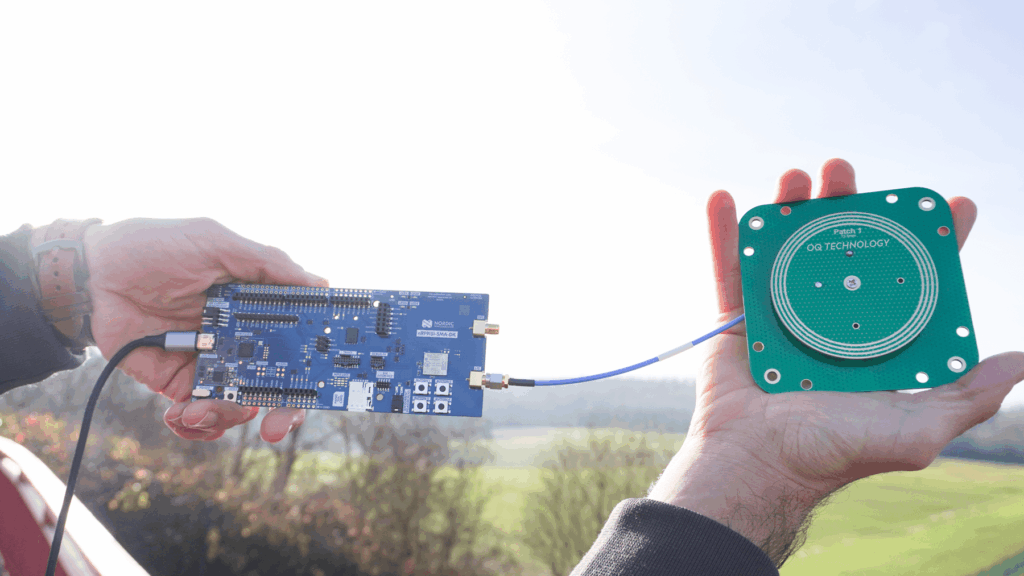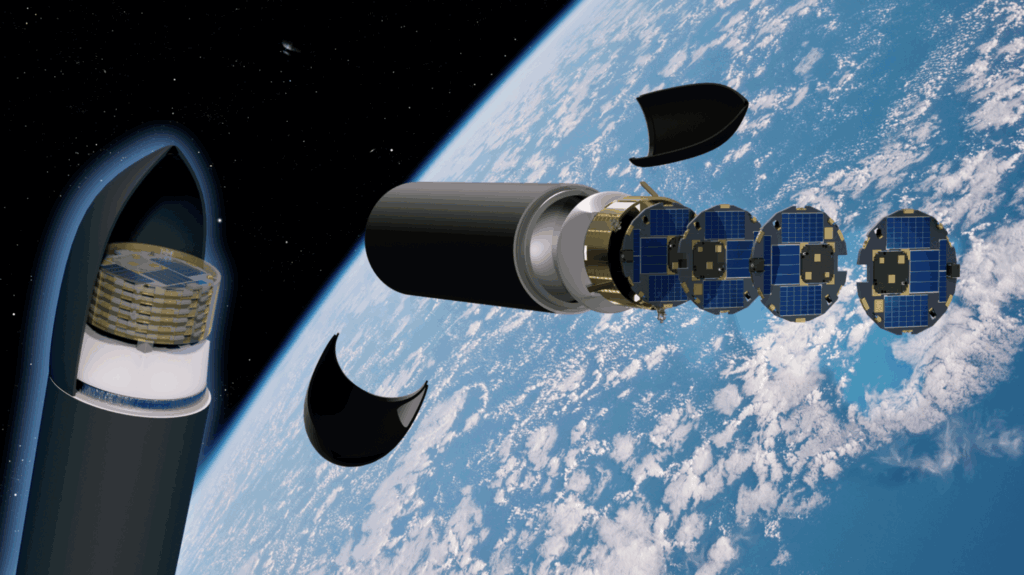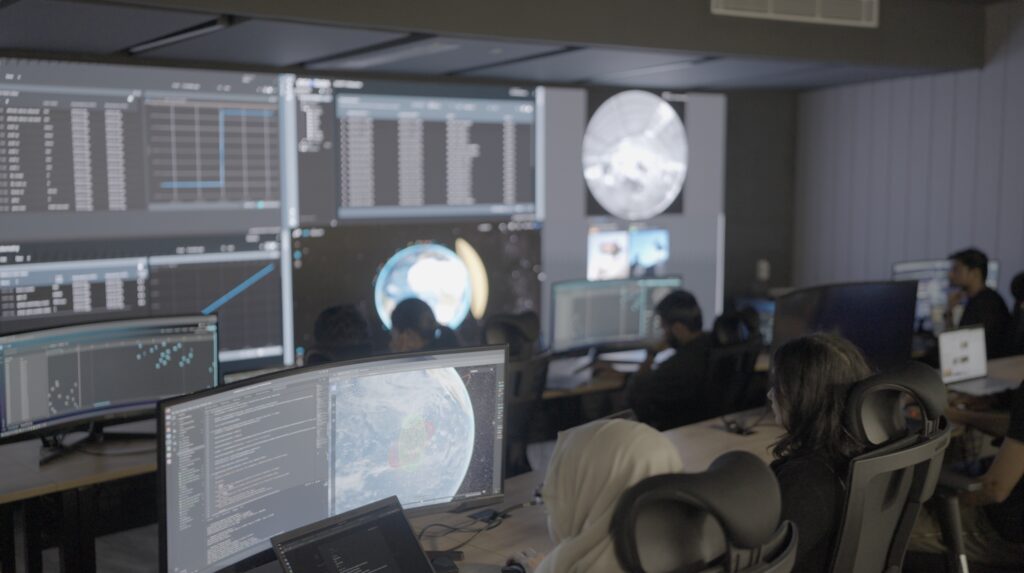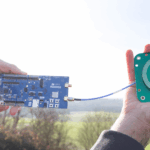Now Reading: Radian Aerospace unveils plans for reentry vehicle
-
01
Radian Aerospace unveils plans for reentry vehicle
Radian Aerospace unveils plans for reentry vehicle

WASHINGTON — Radian Aerospace, a company with long-term plans to develop a spaceplane, intends first to develop a reentry vehicle as both a technology demonstrator and for hypersonic test applications.
The Seattle based company announced April 29 its intent to develop the Radian Reusable Reentry Vehicle (R3V), a spacecraft for hypersonics testing or returning payloads from space that also gives Radian flight experience in key technologies for its future Radian One spaceplane.
Livingston Holder, chief technology officer of Radian, said in an interview that the company was looking was ways to test Dur-E-Therm, the thermal protection system it is creating for Radian One. The company had recently completed tests of the system in a lab at NASA’s Glenn Research Center. “But, testing in a non-flight environment only gets you so far, so we were crafting how to test it in a more relevant environment.”
That led the company to pursue R3V. The company envisions launching R3V, a little less than two meters tall, on a small or medium-class launch vehicle, putting it on a suborbital trajectory to perform testing during reentry. The vehicle would then be recovered and reused.
“That would actually go a long way toward helping the hypersonics community bring down the cost for them flying technology development systems, as well as maturing our own technologies,” he said. “So, it ended up solving a series of independent needs.”
Radian sees R3V as a means of testing technology for Radian One as well as providing an early revenue stream from customers interested in using the vehicle for their own hypersonics testing. Holder said the company has had expressions of interest from both potential government and commercial customers.
“We think that the faster we’re able to field this, the more confidence people will have in signing up,” he said. The company hopes to have R3V ready for a first flight as soon as 2026, although he acknowledged that is a “pretty sporty” schedule.
R3V has propulsion that also allows it to be used for orbital applications. “If somebody wants to fly an experiment that has a longer lifetime in zero-g, we could fly that experiment and bring it back to them relatively quickly,” he said.
Radian will work on R3V in parallel with Radian One. The company started tests last fall of a prototype vehicle, PFV01, including flights in Abu Dhabi to test the handling of the vehicle during takeoff and landing. Holder said the company was now working on a second prototype vehicle to incorporate lessons learned from PFV01 and other tests.
“Having something that flies sooner generates enthusiasm with the team, and we learn faster that way,” he said of working on both the Radian One prototypes and R3V in parallel. “It just gives us an opportunity to incorporate our learnings into the larger system, which should indeed be a risk reduction activity for that larger system not just from a technology standpoint but also from an integration standpoint.”
Stay Informed With the Latest & Most Important News
Previous Post
Next Post
-
 012024 in Review: Highlights from NASA in Silicon Valley
012024 in Review: Highlights from NASA in Silicon Valley -
 02Panasonic Leica Summilux DG 15mm f/1.7 ASPH review
02Panasonic Leica Summilux DG 15mm f/1.7 ASPH review -
 03From Polymerization-Enabled Folding and Assembly to Chemical Evolution: Key Processes for Emergence of Functional Polymers in the Origin of Life
03From Polymerization-Enabled Folding and Assembly to Chemical Evolution: Key Processes for Emergence of Functional Polymers in the Origin of Life -
 04How New NASA, India Earth Satellite NISAR Will See Earth
04How New NASA, India Earth Satellite NISAR Will See Earth -
 05And Thus Begins A New Year For Life On Earth
05And Thus Begins A New Year For Life On Earth -
 06Astronomy Activation Ambassadors: A New Era
06Astronomy Activation Ambassadors: A New Era -
07SpaceX launch surge helps set new global launch record in 2024




















